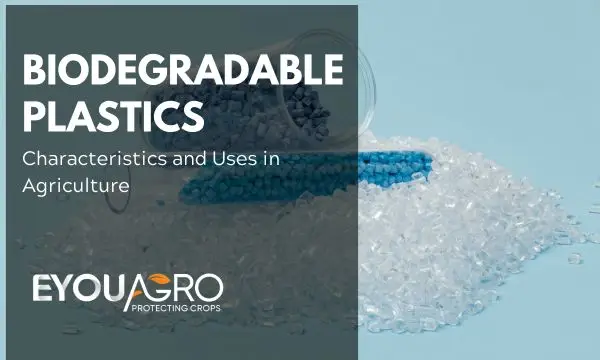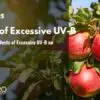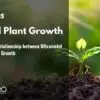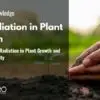Introduction
With the increasing global demand for sustainable alternatives to conventional plastics, the focus on biodegradable plastics has never been more pertinent. These polymers, capable of undergoing decomposition into natural substances, present an ecologically friendly alternative to traditional plastics.
I. Why Use Biodegradable Plastics?
The reasons to adopt biodegradable plastics are manifold:
- Environment Impact: Conventional plastics persist in the environment for centuries, leading to microplastic pollution. Biodegradable plastics help mitigate this concern.
- Resource Efficiency: Biodegradable plastics, especially those derived from renewable resources, ensure better resource utilization.
- Waste Management: These plastics can be composted, simplifying waste management processes.

II. Definition of Biodegradable Plastics
Biodegradable plastics are polymers that can be decomposed by the action of living organisms, typically microbes, into water, carbon dioxide, and biomass.
III. Types of Biodegradable Plastics and their Characteristics
1. Polylactic Acid (PLA)
PLA is a biopolymer derived from renewable resources like corn starch, rice, and sweet potatoes. It’s primarily a lactic acid polymer.
- Advantages: Environment-friendly, good biocompatibility, excellent gloss, and transparency.
- Disadvantages: Low brittleness, low heat distortion temperature, and subpar impact resistance.
2. Polyhydroxyalkanoates (PHAs)
PHAs are linear polyesters produced naturally by bacterial fermentation of sugar or lipids.
- Advantages: Biocompatibility, good gas barrier, water resistance, and commendable thermal stability.
- Disadvantages: Expensive and high production cost.
3. Starch/Protein Plastics
These are either pure thermoplastic starch or blends of starch with other polymers. They can be derived entirely from renewable vegetable raw materials.
- Advantages: Low production cost.
- Disadvantages: Inferior mechanical properties and limited water resistance.
4. Polybutylene Succinate (PBS)
PBS is a linear fatty polyester synthesized from succinic acid and butylene glycol. It’s biodegradable and is known for its robust characteristics.
- Advantages: Superior thermal stability, commendable mechanical properties, and biodegradability.
- Disadvantages: Brittleness in high molecular weight varieties.

5. Aliphatic Poly Carbonates (APCs)
APCs are copolymers derived from the combination of CO2 and epoxy compounds. They encompass variants such as PEC, PPC, and PBC.
- Advantages: Good gas barrier and elongation properties.
- Disadvantages: Mild odor, inadequate thermal stability, and propensity to agglomerate.
6. Blended Materials (e.g., PLA/PBS/BP)
This category includes materials that result from the combination of different biodegradable plastics, enhancing specific attributes and mitigating weaknesses.
The addition of natural fibers like bamboo powder further augments their properties. Blending helps to ameliorate specific material shortcomings. For instance, adding PBS to PLA enhances its toughness.
IV. Factors Affecting Biodegradation
Biodegradation of plastics, especially those intended for agricultural use, is an intricate process influenced by a myriad of factors. A clear understanding of these determinants is vital for the effective design, application, and management of biodegradable plastics. Here’s an in-depth look at both the external and internal factors:

1. External Factors
- Environmental Conditions:
- Temperature: The rate of microbial activities generally increases with temperature until an optimum point, beyond which activity might decrease. For many biodegradable plastics, a higher temperature accelerates the degradation process.
- Humidity: A moist environment often promotes microbial growth and, in turn, accelerates the degradation of plastics. However, excessive moisture can sometimes have the opposite effect by creating anaerobic conditions.
- pH Level: The acidity or alkalinity of the environment plays a pivotal role. Certain microbes that facilitate biodegradation thrive in specific pH ranges.
- Microbial Activity:
- Type of Enzyme: Different microorganisms produce different enzymes, each effective against specific types of polymer chains.
- Enzyme Concentration: A higher concentration of specific enzymes can accelerate the degradation of plastics, provided other favorable conditions are met.
2. Internal Factors
- Polymer Properties:
- Chemical Structure: The molecular arrangement, type of polymer, and presence of side chains can influence how easily a material can be broken down by microbes.
- Relative Molecular Mass: Polymers with a lower molecular weight often degrade faster than those with higher weights.
- Crystallinity: Amorphous regions in polymers tend to degrade more quickly than crystalline regions. Thus, plastics with higher crystallinity levels may take longer to biodegrade.
In essence, the biodegradability of a plastic is a sophisticated interplay of its intrinsic properties and the surrounding environment. For a more predictable and efficient biodegradation, both these factors need to be considered and optimized during the design and application of biodegradable plastics.
V. Application of Biodegradable Plastics in Agriculture
In agriculture, biodegradable plastics play crucial roles. They’re used as mulch films that disintegrate after a crop cycle, eliminating the need for collection and disposal. Seed coatings, controlled-release fertilizers, and biodegradable pots for plant growth are other notable applications. These plastics not only reduce environmental impact but also enhance operational efficiency in agriculture.
1. Mulch Films Mulch films are extensively used in agriculture to modify soil temperature, limit weed growth, conserve soil moisture, improve soil fertility, and increase crop yield. Traditional plastics, often used as mulch films, pose a disposal challenge and harm the environment due to their non-degradability. Biodegradable plastics offer an environmentally-friendly alternative. They break down after their intended use, thereby reducing the need for labor-intensive removal and the associated waste disposal issues.

2. Biodegradable Pots Plants often need to be grown in controlled environments before being transplanted. Biodegradable pots, made from bioplastics, offer the advantage of being planted directly into the ground along with the plant, avoiding transplant shock. As these pots degrade, they enrich the soil with organic materials, promoting the growth of beneficial microorganisms.

3. Fastening Clips/Hooks Fastening clips and hooks are crucial in various agricultural operations, especially in vineyards or in greenhouses where plants need support as they grow. Biodegradable fastening solutions ensure that, once their function is served, they degrade without leaving any residue or environmental harm. This avoids the tedious process of manual removal and reduces plastic waste in agricultural settings.
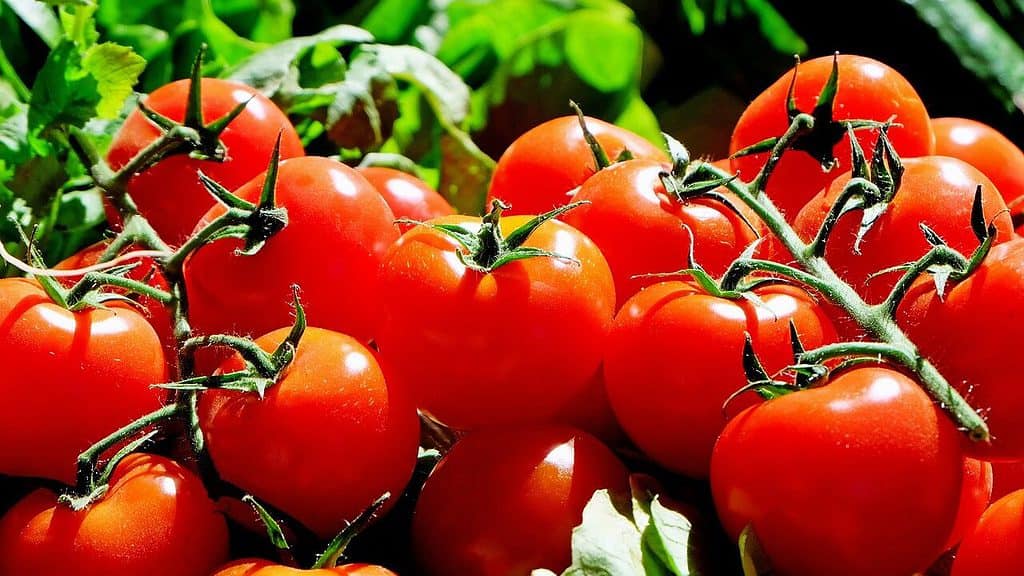
The Innovation of EyouAgro Fastening Clips/Hooks in Sustainable Agriculture
In the realms of agriculture and fruit cultivation, the usage of fastening clips and hooks is extensive. Given their widespread application, particularly for supporting and directing the growth of fruit trees, the sheer volume of these products used is immense. The post-harvest season often witnesses a labor-intensive process wherein each of these fastening clips and hooks must be individually removed from branches. This not only increases the manpower requirements but also makes waste management a daunting task due to the sheer bulk of non-degradable materials.
Understanding these challenges, EyouAgro has pioneered a solution aimed at streamlining the post-harvest process while simultaneously addressing environmental concerns.
EyouAgro’s vision is to save labor for farms by introducing biodegradable fastening clips and hooks. Instead of manual removal, these innovative products naturally degrade over time without adversely affecting the environment. This initiative not only offers convenience to farmers but also aligns with governmental mandates emphasizing the reduction of environmental impacts from plastic products.
Conclusion
Biodegradable plastics present a viable and environmentally friendly alternative to traditional plastics. Their ability to degrade naturally, combined with their application in diverse sectors like agriculture, makes them a vital component of a sustainable future. Embracing these materials is not just a nod to ecological responsibility but also a strategic move towards resource optimization and efficient waste management.

